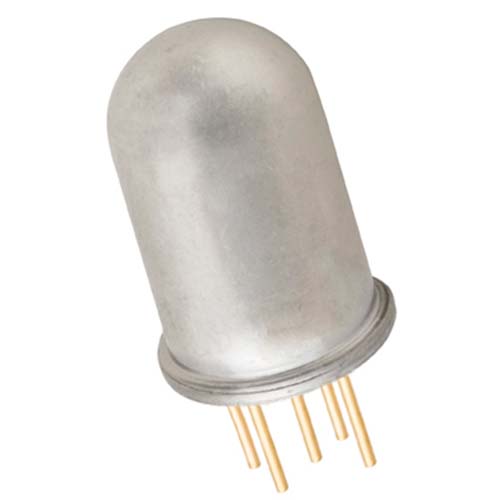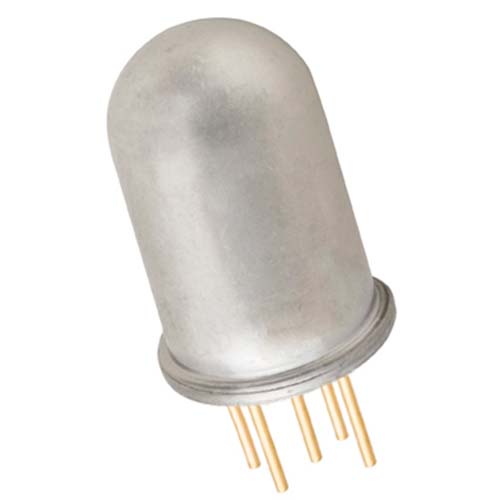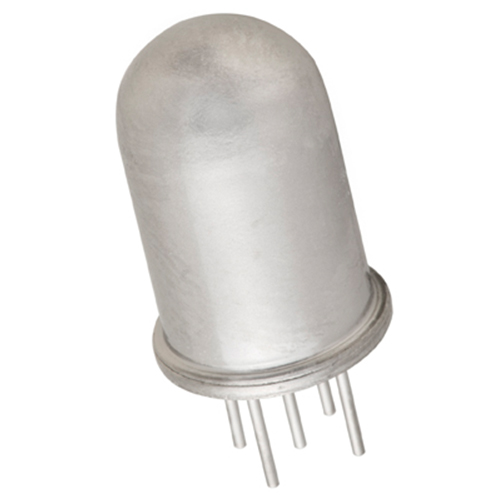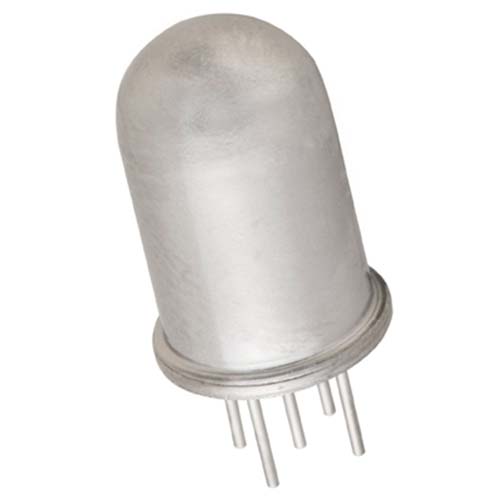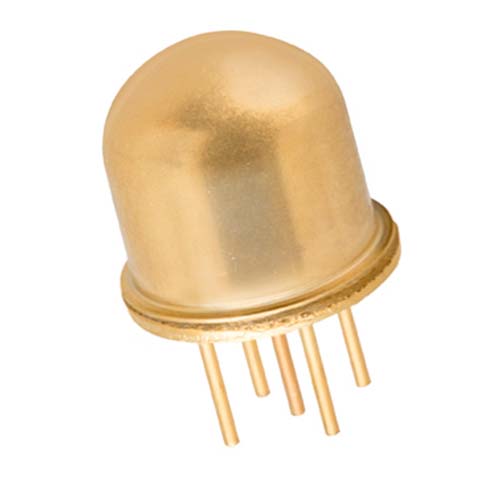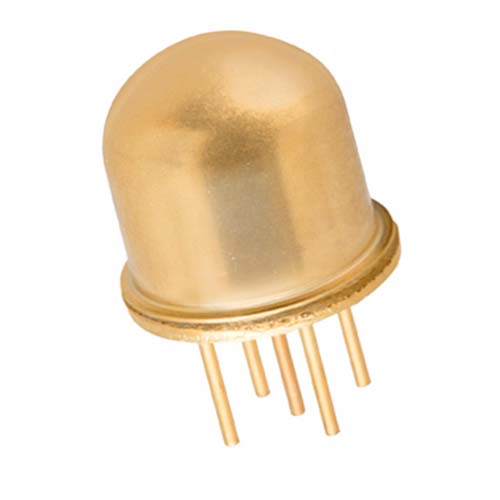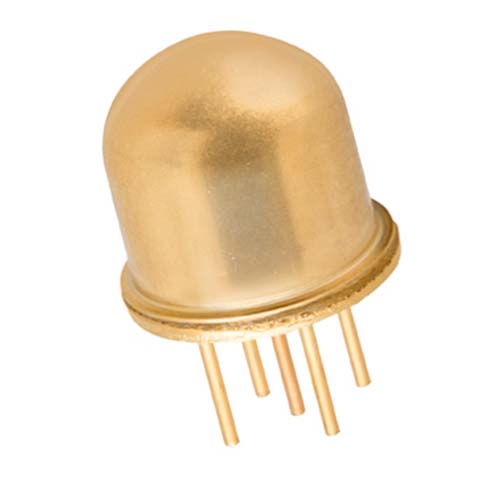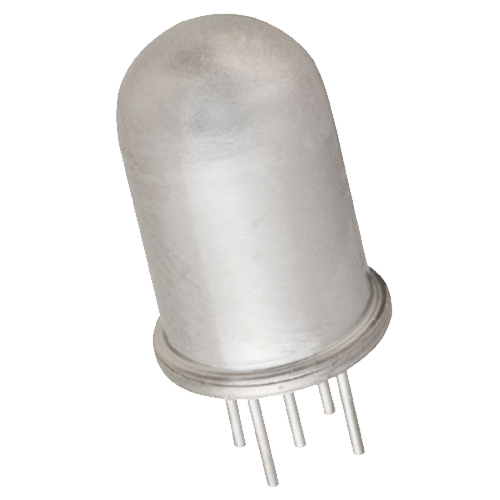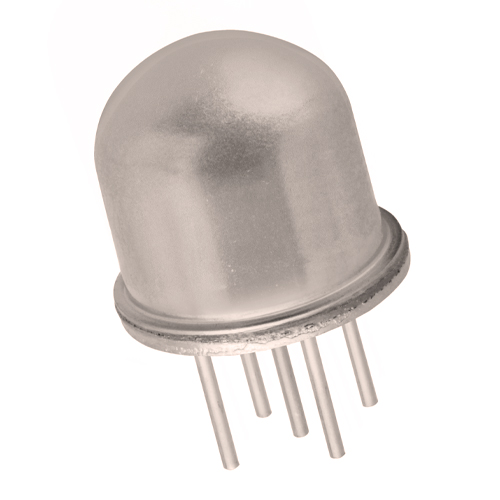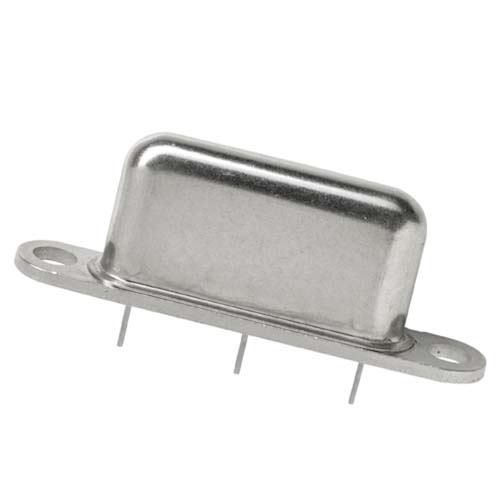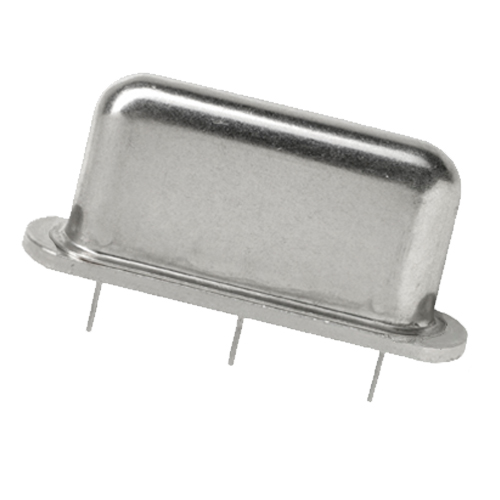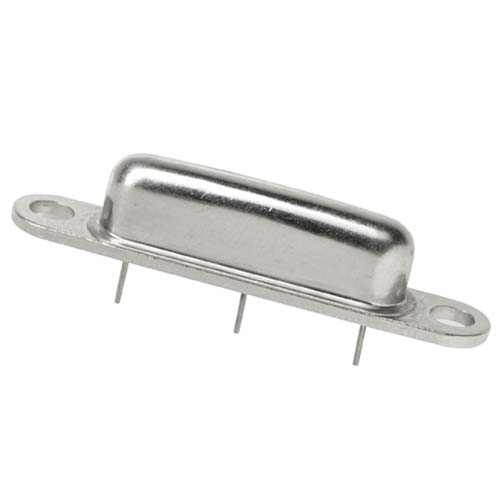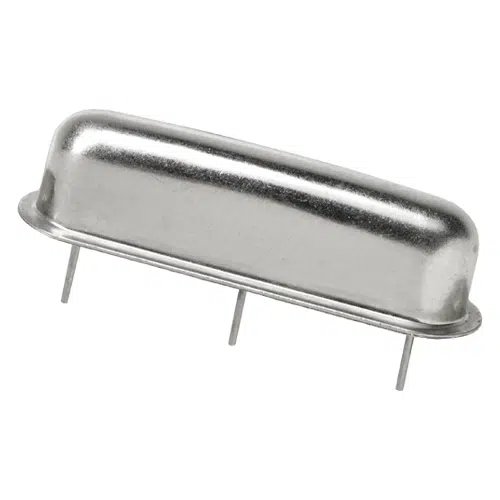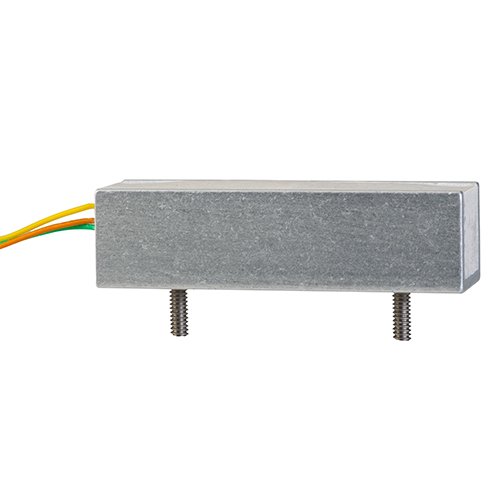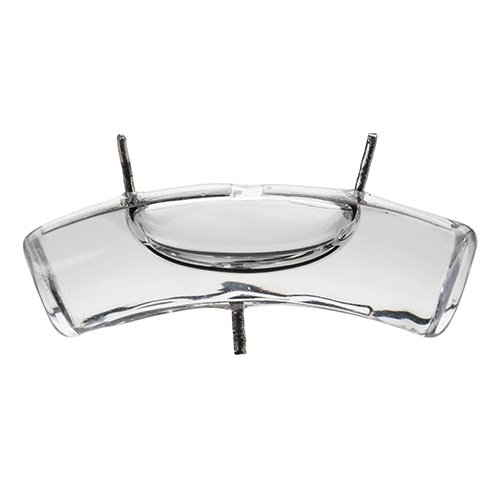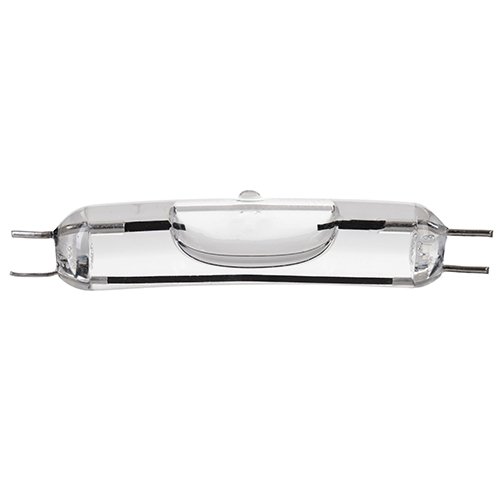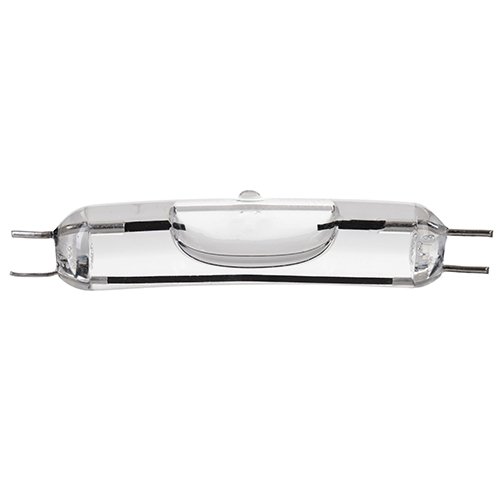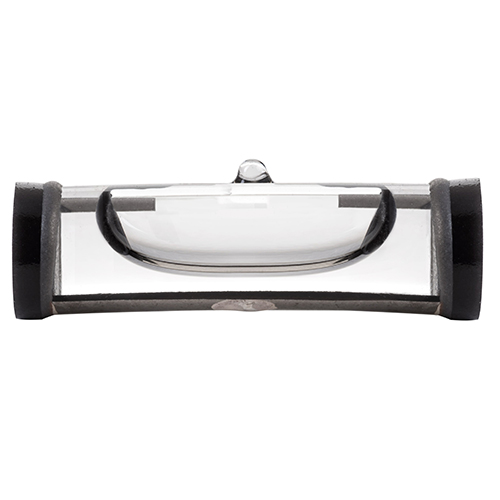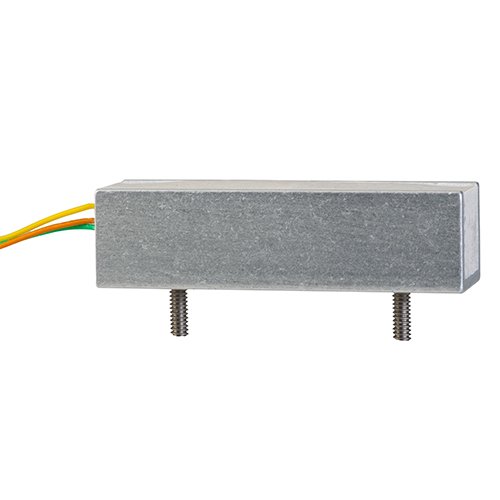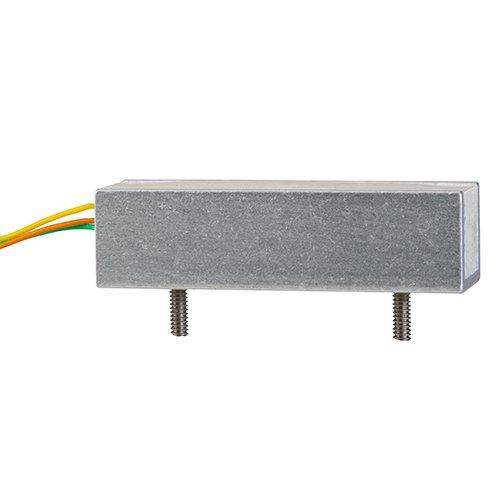Tilt Sensors
The Fredericks Company is the leading manufacturer of precision tilt sensors and angle measurement devices. Tilt sensors measure an angular position with reference to gravity and are used in a wide variety of applications, from laser levels to seismic monitoring to medical devices. The Fredericks Company has a full range of products capable of measuring ranges of arc seconds to 180°.
Electrolytic Tilt sensors built to deliver the high performance you need!
Our entire line of patented, precise, low-cost electrolytic tilt sensors are designed and engineered to outperform MEMS-based technology for various tilt measurement applications. They are very repeatable and offer high resolution with very low drift.
To learn more about the principles of electrolytic tilt sensing and how to integrate tilt sensors into your application, see our Technical Information page.






